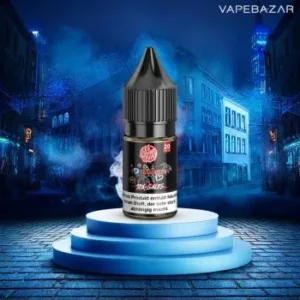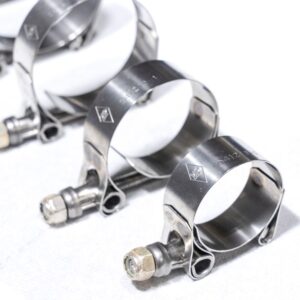Water treatment plants play a crucial role in ensuring clean and safe water for industrial, municipal, and environmental applications. One of the most effective techniques used in these facilities is Dissolved Air Flotation (DAF). This method enhances the removal of suspended solids, oils, and grease from wastewater by introducing microscopic air bubbles. These bubbles attach to impurities, bringing them to the surface for easy removal.
What is a Water Treatment Plant?
A water treatment plant is a facility designed to purify water from various sources, such as rivers, lakes, or industrial effluents. The process involves multiple stages, including filtration, sedimentation, and chemical treatments, to remove contaminants and make water suitable for reuse or discharge.
Key Functions of a Water Treatment Plant:
- Removal of suspended solids and pollutants
- Neutralization of harmful chemicals
- Disinfection to eliminate bacteria and viruses
- Recovery and recycling of water for various applications
Understanding Dissolved Air Flotation (DAF)
How Does Dissolved Air Flotation Work?
Dissolved Air Flotation is a water treatment process that separates contaminants from water using air bubbles. It is particularly effective for treating wastewater with high concentrations of oils, grease, and fine suspended solids. The process includes:
- Pressurization – Water is saturated with air under high pressure.
- Release – The pressurized water is released into the flotation tank, where air bubbles form.
- Attachment – Tiny bubbles adhere to suspended particles, making them buoyant.
- Separation – The buoyant particles rise to the surface and form a sludge layer, which is skimmed off.
- Clarification – The remaining water undergoes further treatment before discharge or reuse.
Benefits of Dissolved Air Flotation
- High Efficiency – Removes up to 99% of solids and oils from wastewater.
- Compact Design – Requires less space compared to conventional sedimentation tanks.
- Versatile Applications – Used in industries such as food processing, oil refineries, and chemical manufacturing.
- Eco-Friendly – Reduces sludge volume, making disposal easier and cost-effective.
Applications of Water Treatment Plants with Dissolved Air Flotation
Water treatment plants utilizing dissolved air flotation are commonly found in industries where wastewater contains organic matter, oils, and grease. Some common applications include:
- Municipal Water Treatment – Ensures clean drinking water by removing algae and suspended solids.
- Industrial Wastewater Treatment – Helps industries comply with environmental regulations.
- Food and Beverage Processing – Eliminates fats, oils, and organic waste from processing plants.
- Paper and Pulp Industry – Removes fibers, ink, and other pollutants from wastewater.
Challenges and Considerations in Water Treatment Plants
While Dissolved Air Flotation is an effective technique, certain challenges need to be addressed for optimal performance:
- Proper Chemical Dosing – Coagulants and flocculants must be carefully selected to enhance solid removal.
- Maintenance Requirements – Regular cleaning and inspection are essential to prevent clogging and operational issues.
- Energy Consumption – Pressurization and aeration processes require efficient energy management.
Conclusion
A water treatment plant equipped with Dissolved Air Flotation technology provides an efficient and reliable solution for wastewater purification. By effectively removing contaminants, this process enhances water quality, promotes sustainability, and supports environmental compliance. Understanding the principles and benefits of DAF ensures its optimal application across various industries, contributing to cleaner water sources and improved public health.
FAQs
1. What is the main purpose of a water treatment plant?
A water treatment plant purifies water by removing contaminants, making it safe for reuse or discharge.
2. How does Dissolved Air Flotation improve wastewater treatment?
DAF uses air bubbles to lift suspended solids to the surface, allowing easy removal of impurities.
3. In which industries is Dissolved Air Flotation commonly used?
DAF is widely used in municipal water treatment, food processing, paper manufacturing, and oil refineries.
4. What are the advantages of using Dissolved Air Flotation?
It provides high efficiency, requires less space, reduces sludge volume, and supports environmental compliance.
5. How often should a water treatment plant be maintained?
Regular maintenance, including chemical dosing checks and equipment inspections, ensures optimal performance and longevity.

